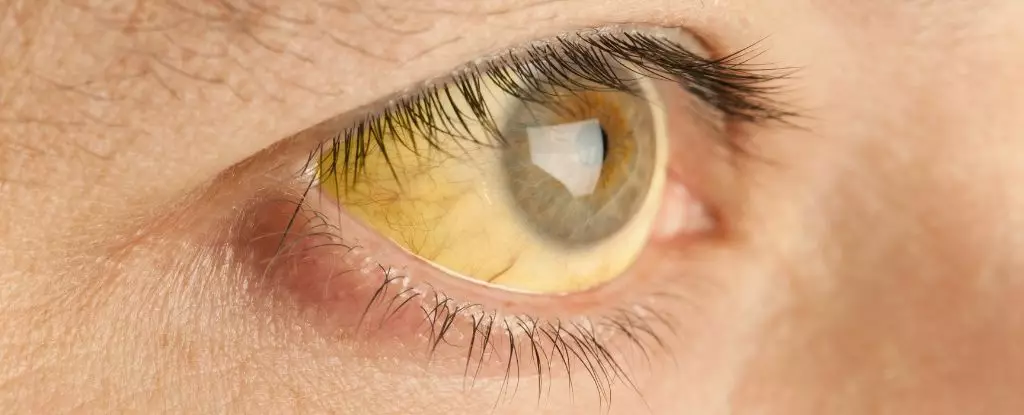Typically, when we observe a yellowing of skin or eyes—symptoms unmistakably associated with jaundice—we are inclined to panic. It is often perceived as a dangerous sign that the liver is malfunctioning. However, recent revelations in the scientific community are challenging this widely held view, suggesting that bilirubin, the very compound responsible for the yellow hue, may be more than just a by-product; it could serve as a crucial line of defense against certain diseases, notably malaria. This shift in perspective is as thrilling as it is alarming, bearing implications for how we view bodily functions and disease resilience.
Malaria: A Grave Global Threat
Every year, malaria poses a dire threat to over 260 million individuals living in tropical and subtropical regions. This devastating disease, primarily transmitted by the Anopheles mosquito, leads to approximately 600,000 fatalities annually. The catalyst for this toll? The insidious Plasmodium falciparum parasite. Once it infiltrates red blood cells, it wreaks havoc by destroying these cells and unleashing a torrent of iron-rich heme, which can be toxic in high concentrations. The relationship between this parasite and its host creates a perilous situation—one where the body’s natural defenses must engage in a life-and-death struggle.
The Role of Bilirubin: From Waste to Weapon
Historically, bilirubin has been dismissed as a mere waste product, an unwanted by-product of red blood cell breakdown. Yet, a groundbreaking new study led by Johns Hopkins molecular biologist Bindu Paul has turned this notion on its head. The researchers focused on unconjugated bilirubin— the form that circulates in the bloodstream before it is processed by the liver—and discovered that individuals infected with malaria who exhibited elevated levels of bilirubin fared significantly better than their symptomatic counterparts. In fact, asymptomatic individuals showed bilirubin levels ten times higher than those suffering from the disease. Such findings prompt us to reconsider bilirubin’s role, suggesting it may act as a protective agent against malaria’s debilitating effects.
Scientific Discoveries: Bilirubin’s Protective Mechanism
The implications of these findings are substantial, yet how exactly does bilirubin confer this protection? A series of experiments involving genetically modified mice offered clarity. Those engineered to lack bilirubin succumbed to the parasite with alarming ease, while normal mice exhibited elevated bilirubin levels and survived the infection. The protective mechanism appears to operate within infected red blood cells, where bilirubin acts to disrupt the parasite’s capacity for reproduction and metabolism, effectively hampering its growth.
This discovery aligns with the notion that evolution has crafted a metabolic defense strategy against diseases like malaria. The evolutionary significance cannot be overstated; however, this adaptation carries its burdens—specifically, the risk of neonatal jaundice, which can have dire neurological consequences. Such trade-offs are not uncommon in nature, reflecting the often harsh realities of survival where benefits come at the risk of considerable costs.
The Future of Malaria Treatment: Hope on the Horizon
The promise that bilirubin might be leveraged in malaria treatment is both captivating and urgent. With the disease continuing to impose a heavy toll on human health, the potential to utilize this naturally occurring compound could transform our approach to treatment—shifting the paradigm from mere management to proactive defense. If medical professionals can harness bilirubin’s protective properties, it could pave the way for new therapies that not only tackle malaria but also bolster our understanding of disease resistance more broadly.
The journey from perceiving jaundice as a mere indicator of illness to recognizing its potential as a defense showcases the importance of pursuing innovative research avenues. It serves as a reminder that within the mechanisms of our bodies lie secrets still waiting to be uncovered. The findings about bilirubin are not merely academic curiosities; they represent the possibility of significant advancements in how we combat one of the deadliest diseases known to humanity. As the conversation evolves, so too must our willingness to rethink preconceived notions and embrace the complexity of human biology.



Leave a Reply